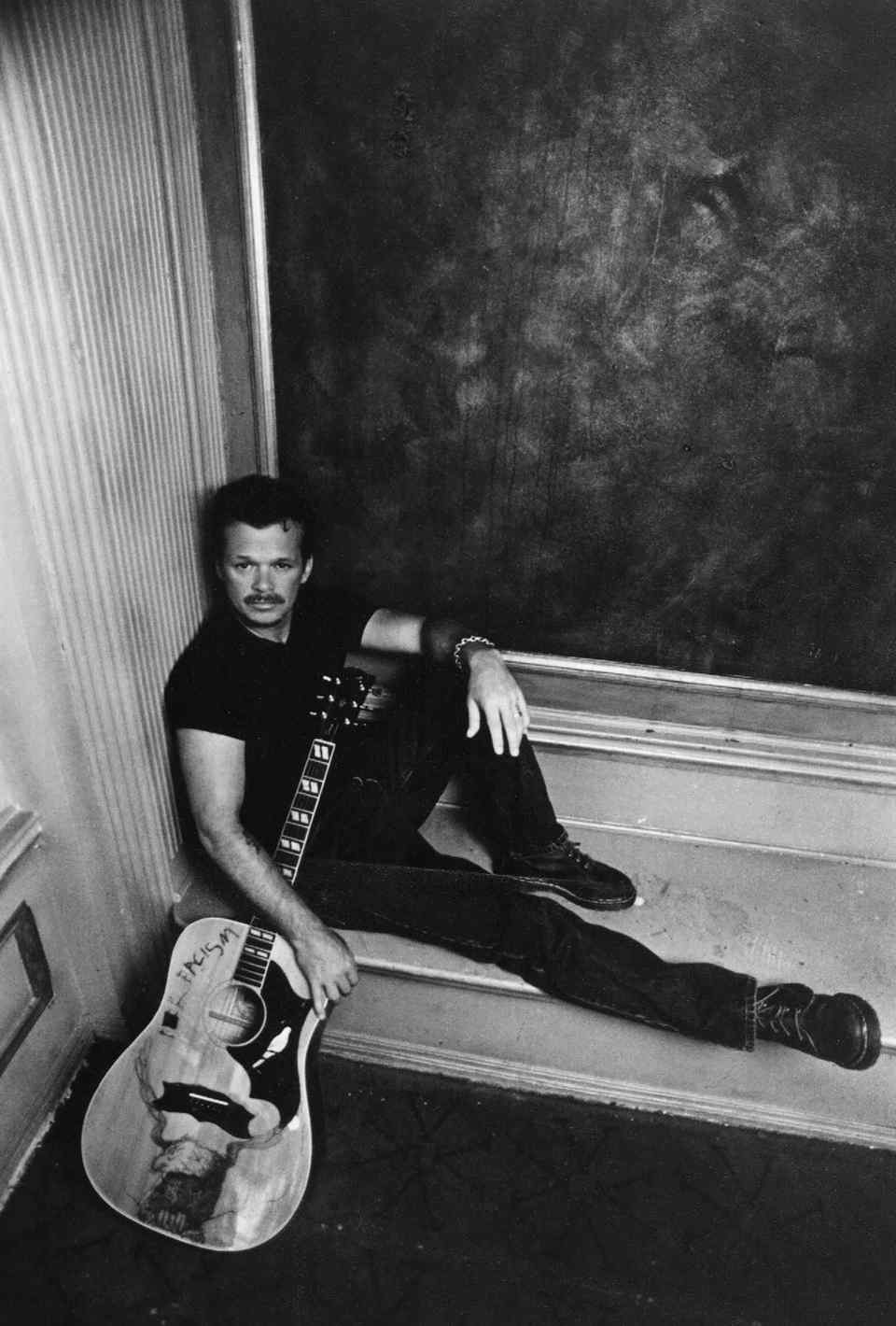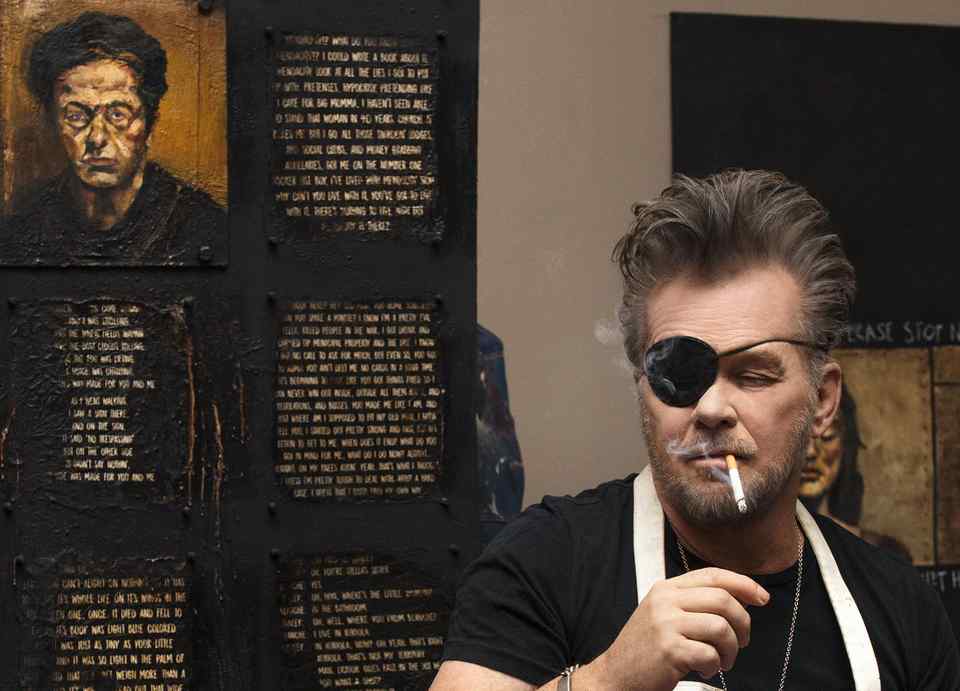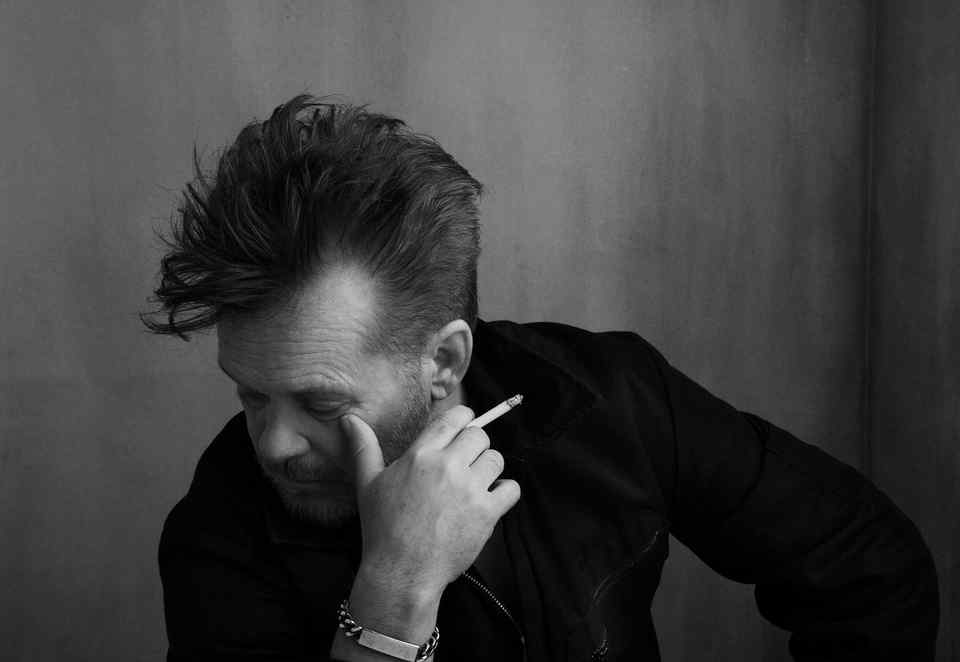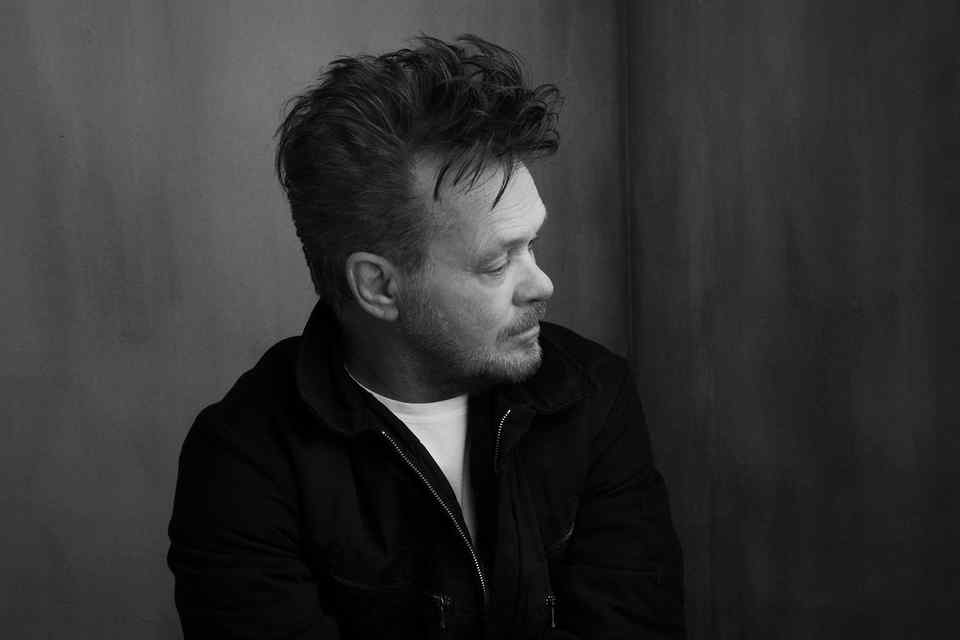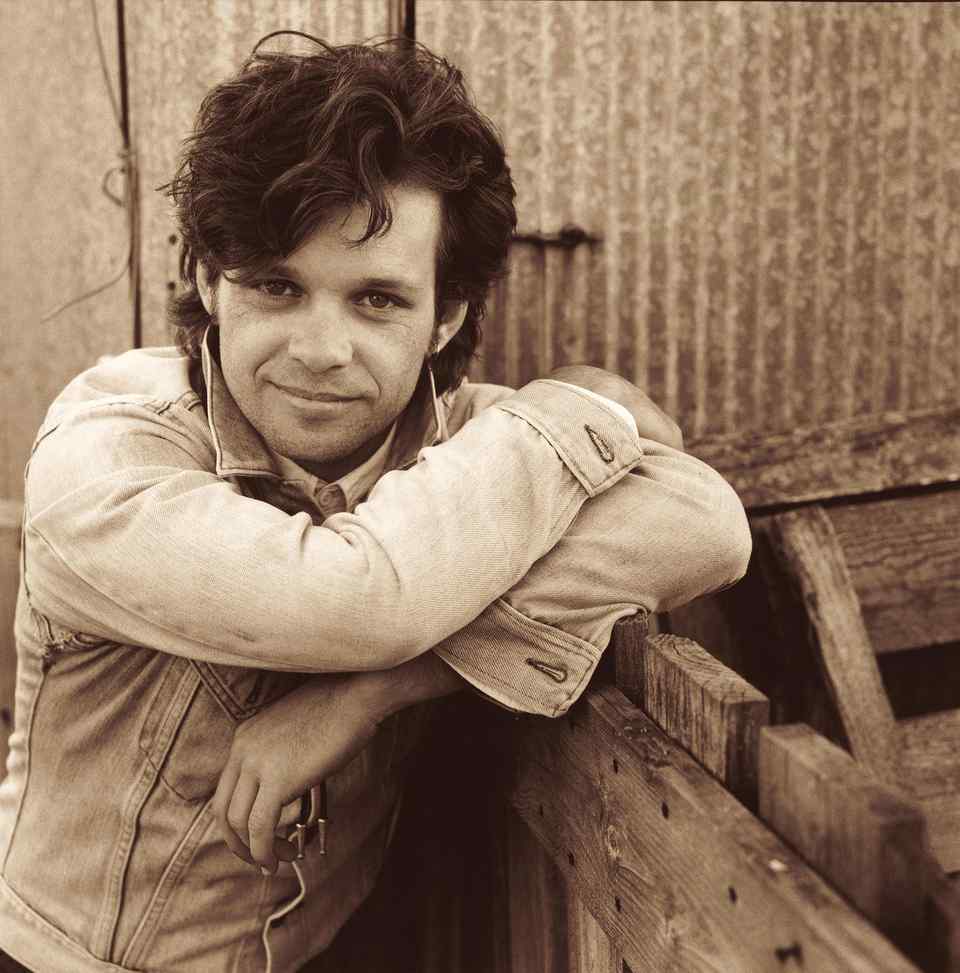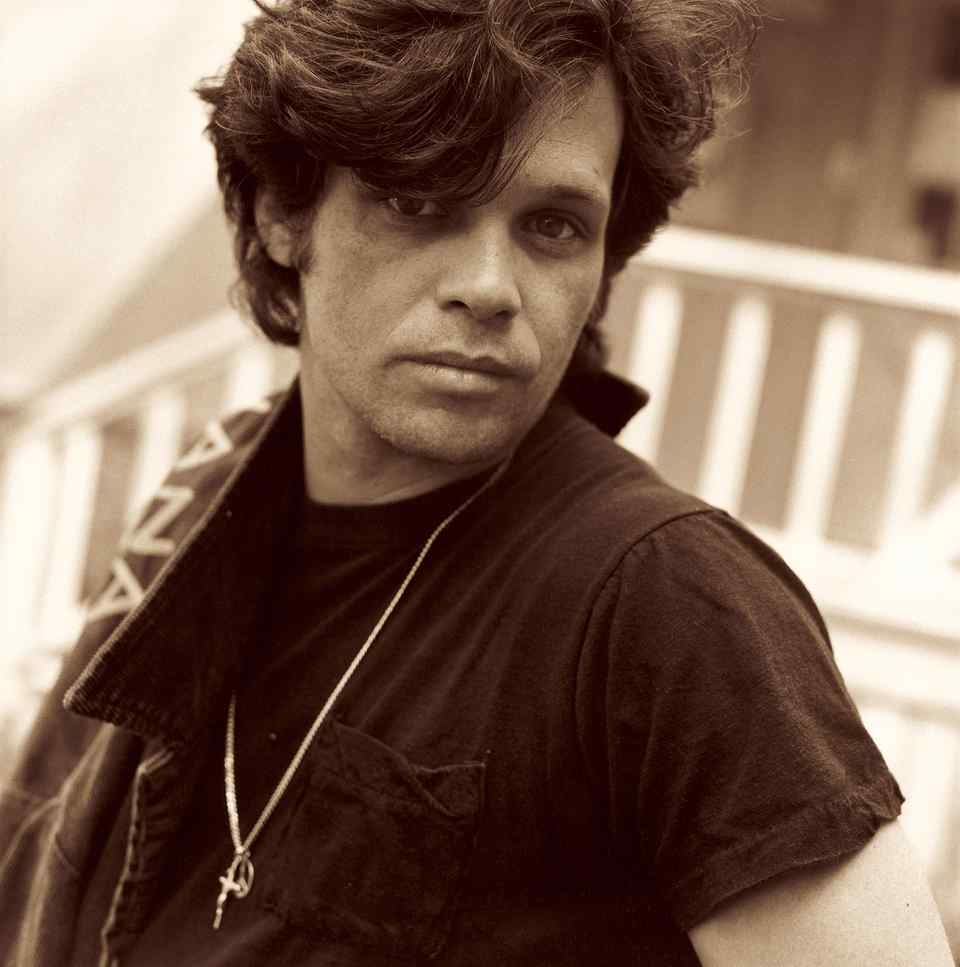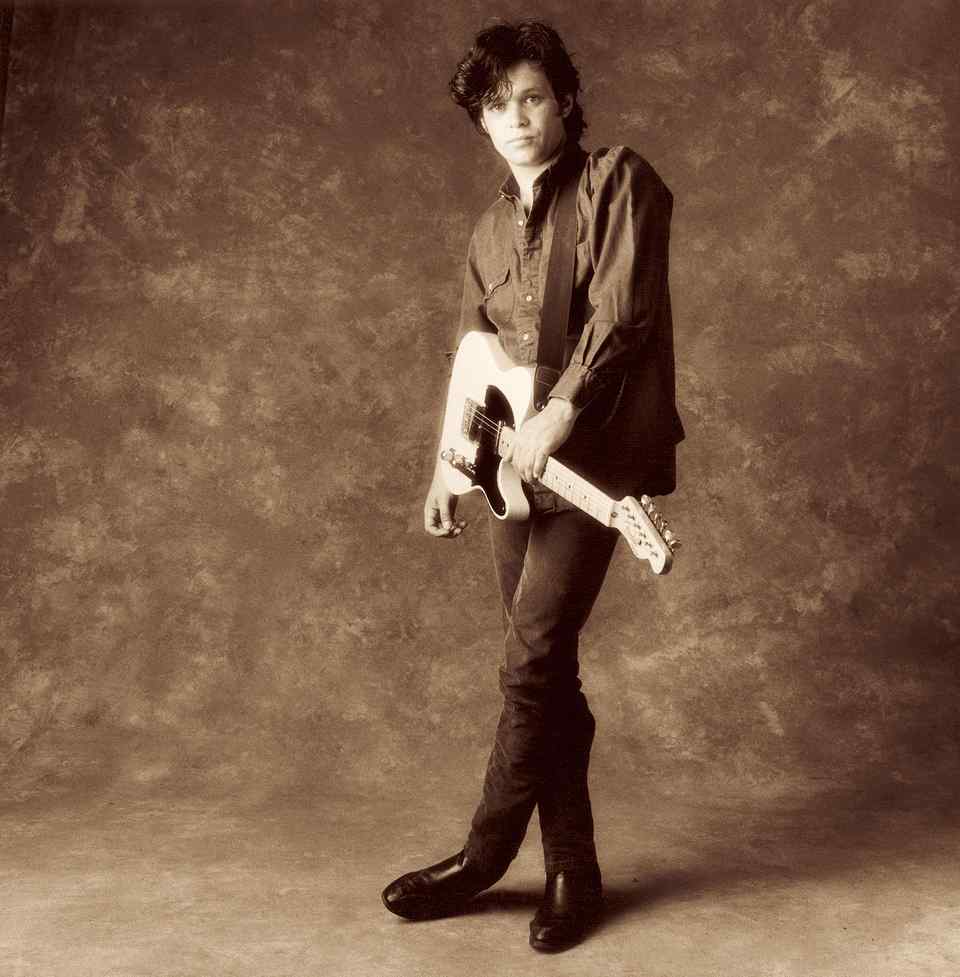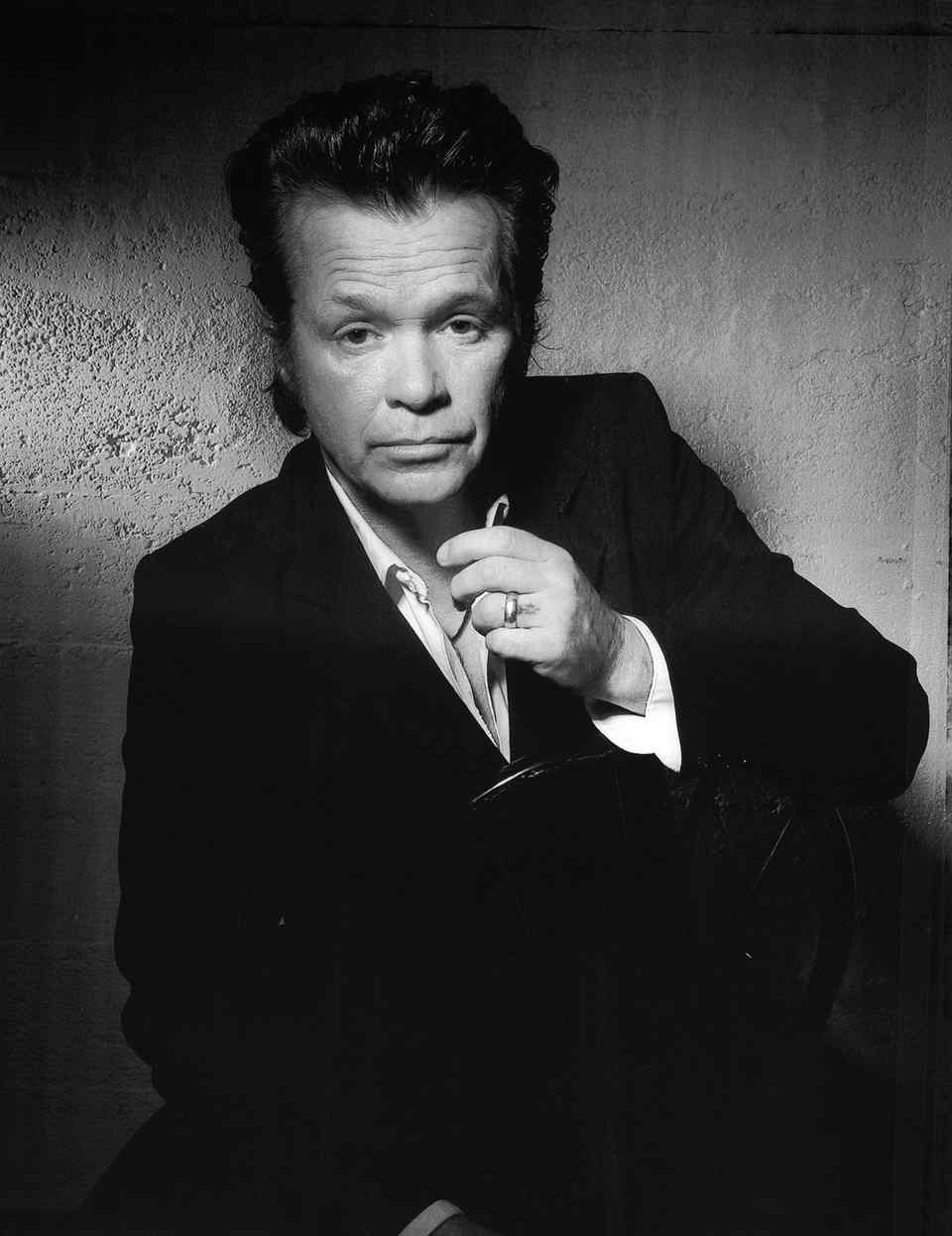John Mellencamp: Expressionist Exhibition At The Butler Institute Of American Art September 20 through November 18, 2018
Mellencamp’s first art show with the historical American art museum was exhibited at its Butler Trumbull Branch in Howland, Ohio, from November 3, 2013 through January 12, 2014. Titled, The Paintings of John Mellencamp, the exhibition was a first for the artist in the context of art museum shows, and since has had shows at the Tennessee State Museum, Nashville, the Museum of Art-Deland, Florida and the Morris Museum of Art, Augusta, Georgia.
John Mellencamp: Expressionist features at least 42 large-scale oil portraits and mixed-media pieces that successfully emit the same aura of anti-establishment as his music, and bravely deals with wide ranging issues of the working class and bittersweet truths of the human condition. The exhibition will open at The Butler in Youngstown with a private artist reception exclusively for Butler Museum Members. Memberships active before September 1, 2018 will receive their invitations by mail and will require reservations, which will be limited. For Butler Museum membership information, visit ButlerArt.com or call 330.743.1107 ext.1312.
Though known primarily for his music, John Mellencamp has seriously pursued
painting for more than 35 years. Drawing from the same sources as his music, he
has evolved his style of painting with an approach that uses color, free
interpretation, and strong brushwork to create highly expressionistic imagery.
Butler Director, Dr. Louis A. Zona terms Mellencamp’s art as Neo
Expressionistic, “since his paintings are a return to the emotionally based
applications brought forth by German Expressionism, Fauvism and Abstract
Expressionism.” He further describes Mellencamp’s paintings as “rich in
spellbinding imagery, enriched by his (Mellencamp’s) understanding of visual
organization and the power of color.” Zona airs a perceptible respect for Mellencamp as an Expressionist painter and
continues to be impressed by contributions he is making as a visual artist:
John Mellencamp: Expressionist will be accompanied by a full color catalogue to
include entries by Butler Director Lou Zona, an essay by award-winning cultural
writer and critic, David Shirey, and an interview by Bob Morrison, author,
curator and contributor to The New York Times. Catalogues can be purchased
through the Butler Museum Stores starting September 20, 2018.
This exhibition was organized by the Butler Institute of American Art and made
possible in part by state tax dollars allocated by the Ohio Legislature to the
Ohio Arts Council (OAC). The OAC is a state agency that funds and supports
quality arts experiences to strengthen Ohio communities culturally,
educationally, and economically. Contact the Communications Office at
communications@oac.ohio.gov with questions about credit materials or to request
a quote from the OAC.
ABOUT JOHN MELLENCAMP
An acclaimed singer-songwriter and musician, John Mellencamp, is also an
accomplished painter, collector and long-time activist. Mellencamp had his formal training at the
Arts Student League in New York, where he discovered the work of
Twentieth-Century Modernists.
Mellencamp began industriously painting in the 1980s, while his music career
thrived and prospered. He quickly developed an affinity for portraiture
influenced by the works of Otto Dix and Max Beckmann. His kinship with the
German Expressionism of the early Twentieth century, with its existential focus
on the human condition, serves as the foundation for the development of
Mellencamp’s “oeuvre”. His large-scale oil portraits and mixed-media pieces
document America’s heart and soul, revealing unsettling but beautiful truths
with a kind of anti-establishment frown, with a rich sense of narrative. Like
his music, Mellencamp’s paintings are carefully composed through the structural
requirements of harmony, rhythm and order, and is thematically in line with the
small-town, earnest voice of the heartland.
Mellencamp’s art is included in the collections of Chaim Soutine, Max Beckmann,
Jack Levine, Walt Kuhn, among others.
Besides The Butler Institute of American Art, he has exhibited his work in
galleries and museums across the United States, including: the Tennessee State
Museum, Nashville; The Museum of Art – Deland, Florida; and the Morris Museum of
Art, Augusta, Georgia.
John Mellencamp is a member of the Songwriters’ Hall of Fame, the Rock and Roll
Hall of Fame, recipient of The Woody Guthrie Award, the John Steinbeck Award,
ASCAP Foundation's Champion Award, the Americana Music Association's Lifetime
Achievement Award, and the Founders Award. He co-founded Farm Aid with Willie
Nelson – a nonprofit organization whose mission is to keep family farmers on the
land.
ABOUT THE BUTLER
The Butler Institute of American Art in Youngstown, Ohio is a not-for-profit
museum founded in 1919 by Joseph G. Butler, Jr., and dedicated as the country’s
first museum devoted entirely to American art. Constructed of Georgian marble in
the Italian Renaissance Revival style, the original museum structure is
considered an architectural masterpiece, and is listed as a landmark on the
National Registry of Historic Places. The museum’s Beecher Center is the first
museum addition dedicated solely to new media and electronic art. The Bitonte
Skywalk was built to connect the museum to the Butler North Education Center,
the neighboring church structure where the Americana Collection is housed, art
classes and programs are held, and performances are hosted. The Butler also
operates The Butler Trumbull Branch museum in nearby Trumbull County which
focuses on important international artists whose works have profoundly
influenced America, as well as exhibitions of works by contemporary master
painters and sculptors.
Throughout history, The Butler, funded in part by the Ohio Arts Council, has remained free and open to the public. The museum relies on contributions from the community and the nation to meet its cultural mission. More than 100,000 people visit the Butler and its branch facility each year, and paintings from its collection have been loaned to museums throughout the world. With its distinguished history of nearly a century dedicated to preserving our nation’s cultural heritage, it is no wonder that the Butler Institute is known worldwide as “America’s Museum.”
